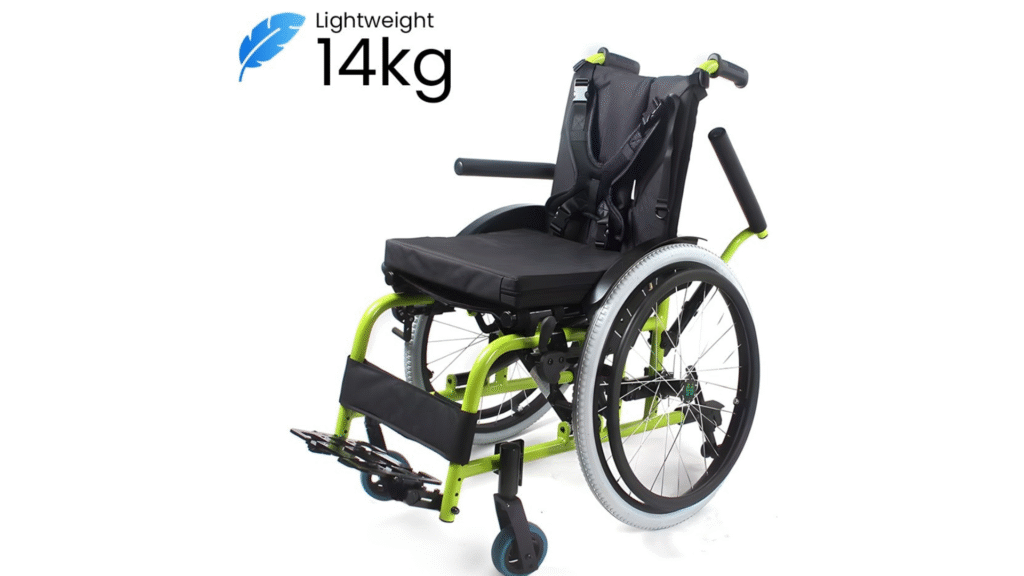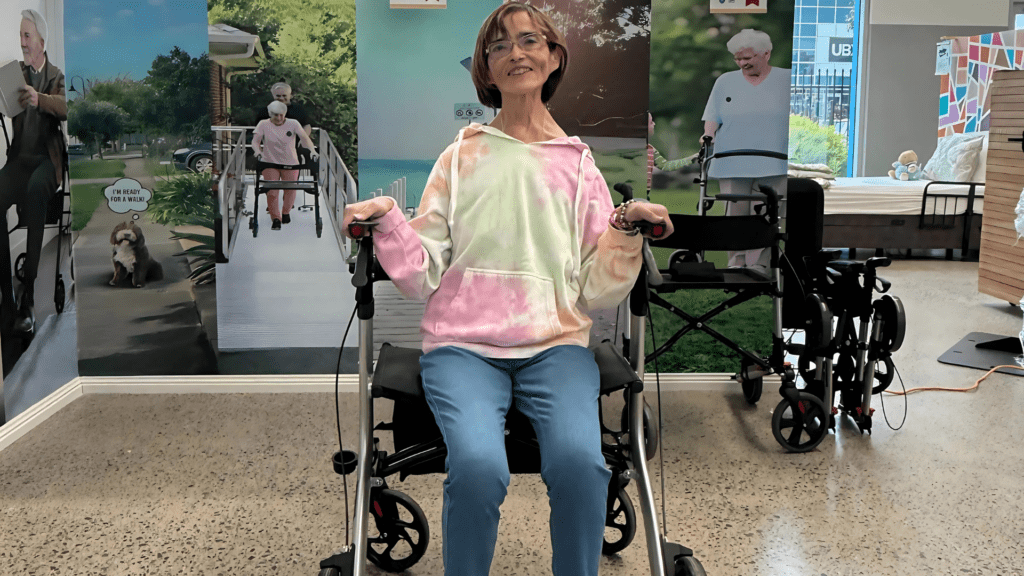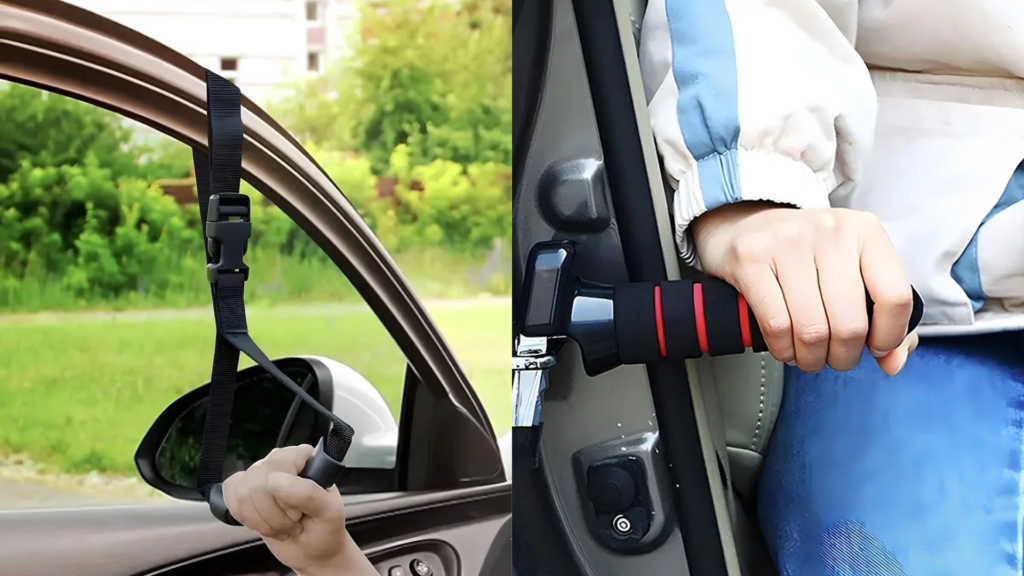For children living with mobility challenges, a paediatric wheelchair is more than a piece of equipment—it’s an essential tool for daily function, independence, and social inclusion. As children grow, so do their mobility needs, making it vital to choose a wheelchair designed to adapt with them over time.
Why Adaptive Growth in Wheelchairs Matters
Children experience significant physical and developmental changes as they grow. A one-size-fits-all wheelchair solution often leads to rapid outgrowing, discomfort, and poor posture. Without appropriate adjustments, children may also develop musculoskeletal issues due to improper support.
Growth-adaptable paediatric wheelchairs address this concern by offering features that can evolve alongside a child’s height, weight, and mobility requirements. This not only supports long-term comfort and safety but also reduces the financial burden of frequent equipment replacements.
For families in Australia, particularly those under the NDIS, selecting a long-term mobility aid that aligns with occupational therapy recommendations is a strategic and cost-effective choice.
Key Features in Growth-Compatible Wheelchairs
Not all paediatric wheelchairs offer the same level of adjustability. When choosing a mobility solution for your child, look for features such as:
- Adjustable Seat Width and Depth: Allows accommodation of growth in hip width and leg length.
- Expandable Backrests and Footplates: Ensures spinal support and proper foot positioning.
- Tilt-in-Space and Recline Functionality: Supports pressure relief and positioning throughout the day.
- Custom Seating Options: Enables integration of postural supports or orthotic cushions for specific clinical needs.
- Lightweight Frame and Portability: Makes it easier for parents and carers to transport or lift the chair.
Explore our full paediatric wheelchair collection to find models that support multiple growth stages with clinical efficiency.
Growmate Wheelchair Review
One of the standout solutions in growth-adaptable paediatric mobility is the Growmate Paediatric Wheelchair.
Notable Features:
- Seat width and depth adjust from 10″ to 14″
- Back height adjusts to support posture as the child grows
- Height-adjustable push handles for caregivers of varying heights
- Removable and swing-away footrests for easier transfers
- Durable yet lightweight aluminium frame
The Growmate is designed to meet the demands of growing children while ensuring minimal need for early replacement. It also meets NDIS clinical expectations when prescribed by an occupational therapist or physiotherapist.
This product can be requested via our product enquiry form for clinical trials or quotes as part of your child’s mobility plan.
NDIS Considerations for Long-Term Use
Under the National Disability Insurance Scheme (NDIS), funding is available for assistive technology that enhances function and independence. Growth-compatible wheelchairs fall under this support if:
- They are prescribed by a qualified allied health professional (e.g., an OT)
- There is a clinical justification explaining the expected benefit across multiple developmental stages
- The wheelchair is included in the participant’s Assistive Technology (AT) budget
NDIS participants in Victoria may also be eligible for additional assistance via Statewide Equipment Program (SWEP), which helps with essential mobility support for children under specific categories.
It’s important to work closely with your child’s allied health team to ensure documentation aligns with NDIS expectations. This improves approval speed and ensures the wheelchair selected meets both current and future functional needs.
FAQs: Paediatric Growth-Compatible Wheelchairs
Q1. What is the ideal age to transition to a paediatric wheelchair with adjustable features?
A: Most children who require long-term mobility support benefit from adjustable features from the age of 3–4 years. Earlier interventions can start with stroller-type support before transitioning to a more structured wheelchair.
Q2. Can a paediatric wheelchair be adjusted at home or only by professionals?
A: Basic adjustments like seat depth and footrest height can often be done at home. However, major structural changes or postural support fittings should be performed or reviewed by an occupational therapist or equipment provider.
Q3. How long does a growth-compatible wheelchair typically last?
A: A well-maintained adjustable paediatric wheelchair can last between 3 to 5 years, depending on growth rates and user needs. Routine reviews help ensure optimal comfort and safety.
Q4. Does the Growmate wheelchair qualify for NDIS funding?
A: Yes, the Growmate is NDIS-appropriate and often prescribed by allied health professionals due to its long-term adjustability and clinical-grade support features.
Q5. What if my child outgrows their current wheelchair sooner than expected?
A: If rapid growth occurs or functional needs change, you may be eligible for a reassessment and equipment upgrade under NDIS guidelines. Ensure growth forecasts are included in the original OT documentation for smoother transitions.



